LOREM IPSUM DOLOR
500€
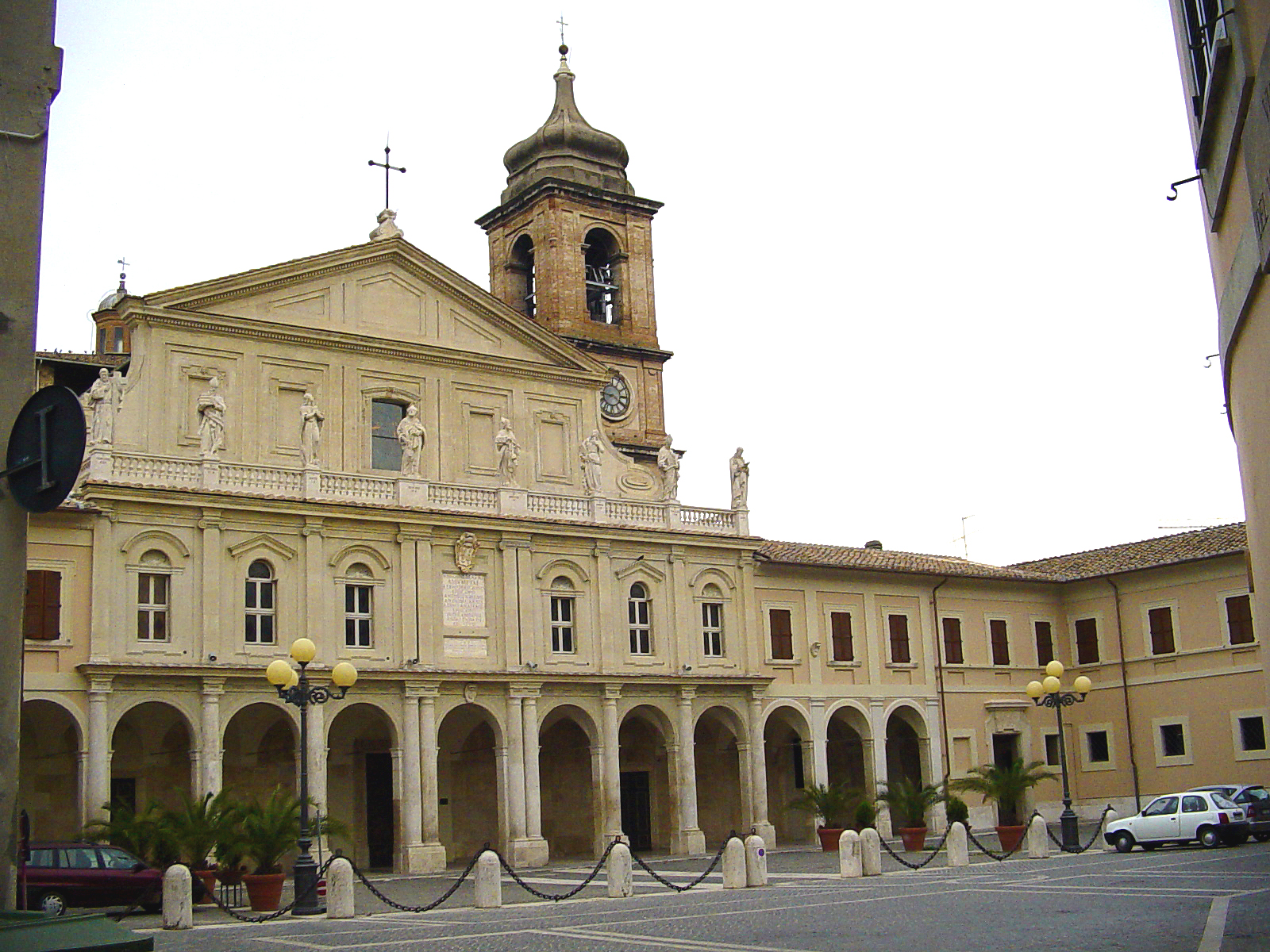
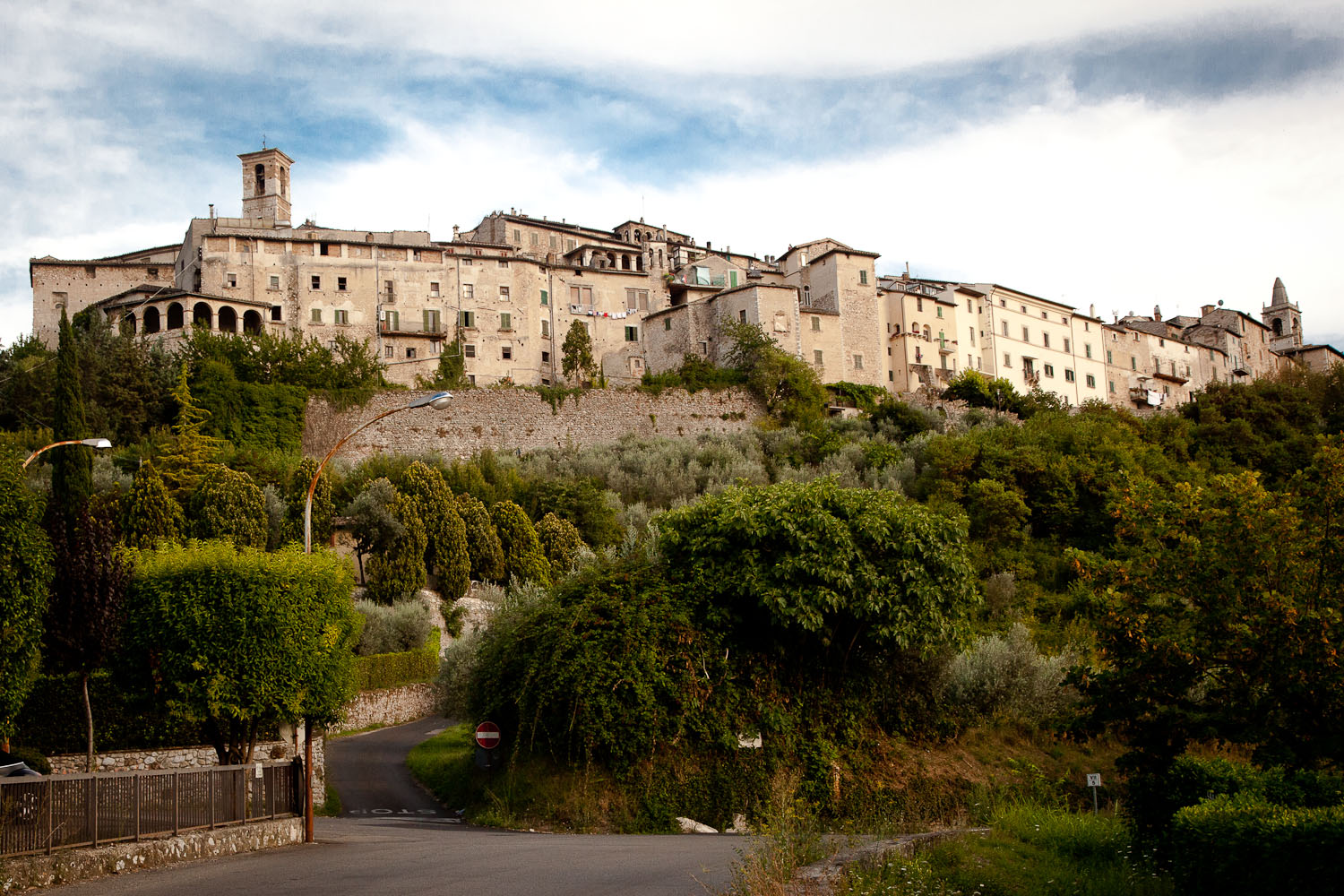
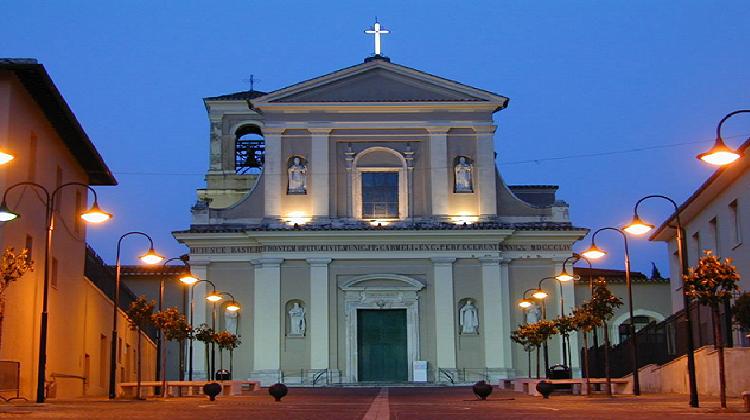
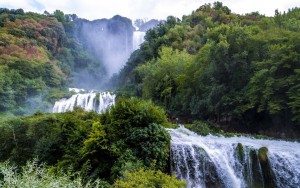
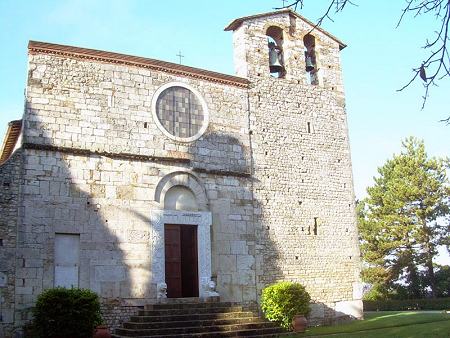
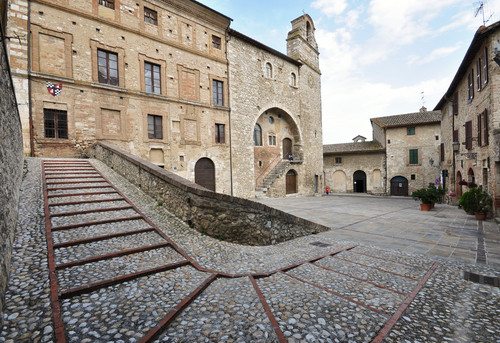
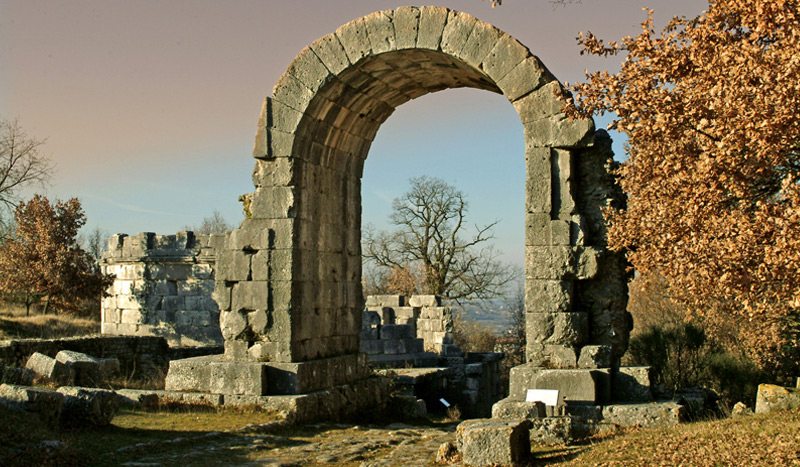
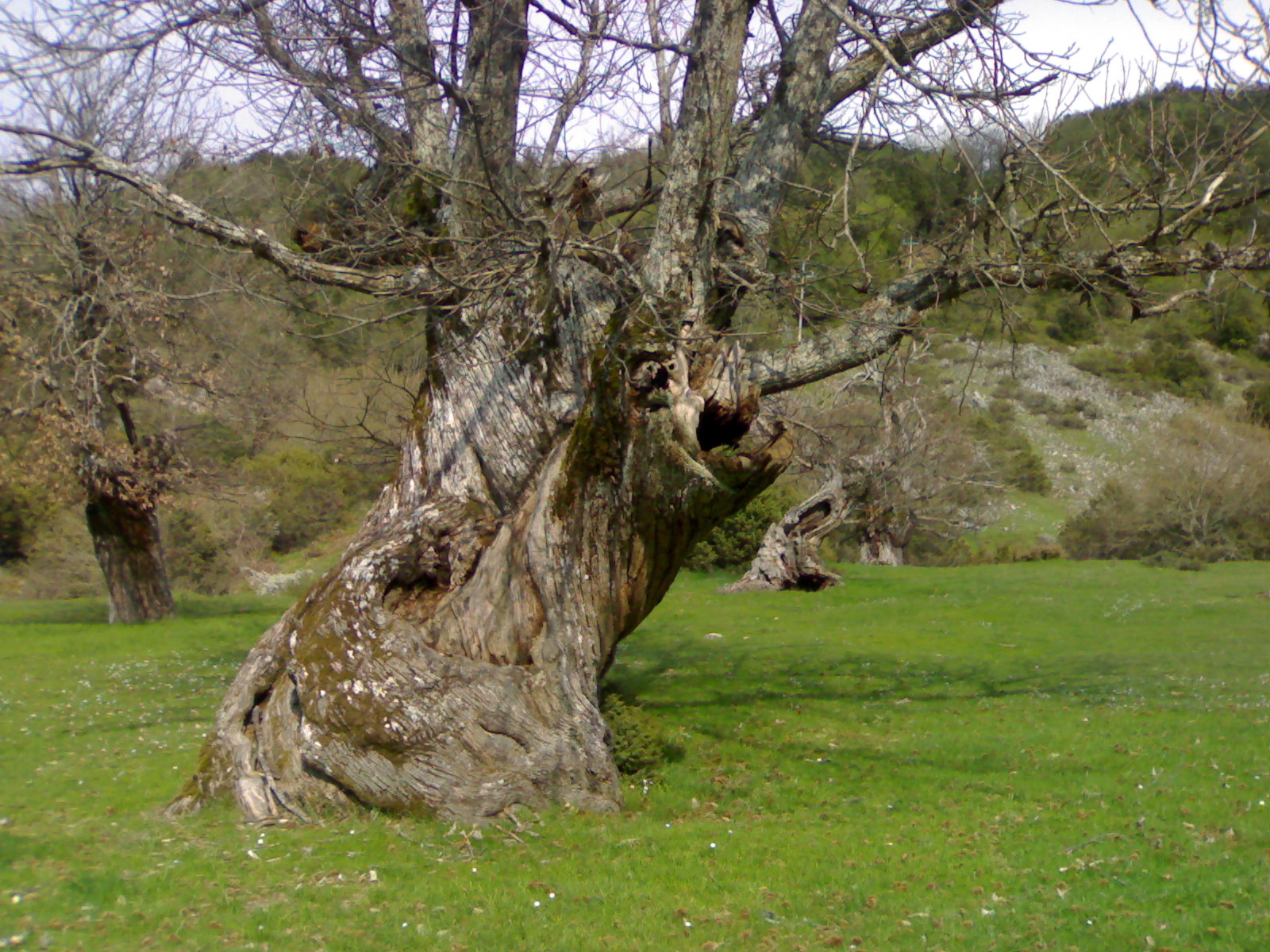
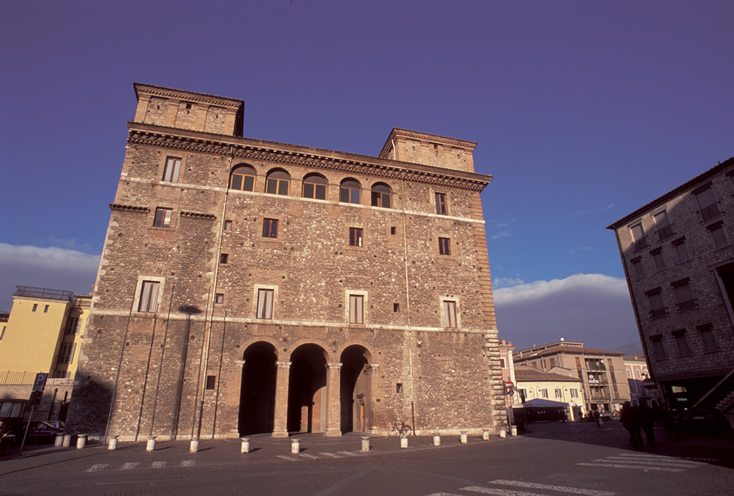
DIFFICULTY: AVERAGE
ACCOMMODATION: 6 nights in holiday farms and hotels
PRICE: €500 per person in a double room, €550 per person in a single room
THE PACKAGE INCLUDES: half-board for accommodation in a double or single room, bag lunch, printed guidebook.
On request, the Pilgrim’s Credential with each person’s name on it will also be issued.
EXTRA SERVICES: For already formed groups, customized quotations and special itineraries can be organized.Transfer of guests and baggage between facilities.Insurance.
WE RECOMMEND: comfortable clothing, hiking shoes.
The Diocese of Terni-Narni-Amelia has presented a circular pilgrimage that travels the trails of the Terni area of Umbria, visiting the birthplaces of the Protomartyrs and the most important Franciscan sites: the “Path of the Protomartyrs”, described in detail at the website http://www.camminoprotomartiri.it, where you can also download a PDF guidebook, maps and the GPS tracks of the legs. The walk starts in Terni, where we will arrive on the first day and tour the city; overnight stay.
On the second day we will walk through natural surroundings. This is a demanding leg because of the constants ascents and descents in the hills of Terni. At the church of Santa Maria della Pace we can admire the impressive pictorial cycle about the Franciscan Protomartyrs by the artist Stefano di Stasio. Along the way we will see the remains of the ancient Benedictine abbey of San Benedetto in Fundis and the monastery of San Simeone, which now houses the religious community of the Reconstructors in Prayer. Stroncone, the birthplace of St Otho, is one of the most beautiful medieval towns of Umbria’s province of Terni. This leg ends at the 13th-century convent of San Francesco. Overnight stay in Stroncone. 11 km.
This entire leg also goes through natural surroundings. The first part is demanding because of the continuous ascents and descents leading us from Stroncone to the Sacro Speco di Sant’Urbano, and then the steep climb to a mountain pass that leads to Calvi dell’Umbria. Tour of Aguzzo, the city of St Accursius. Along the way we will visit the Hermitage of Sant’Urbano (Sacro Speco), where St Francis spent a great deal of time and transformed water into wine; he renamed the place “the Cana of Umbria”. Calvi dell’Umbria is the birthplace of St Berard. The town has a monumental 16th-century terracotta Nativity scene – unique in Umbria – that was created through the joint efforts of a local confraternity and a Friar Minor. This leg ends at the church of Santa Maria Assunta. 22 km.
Although the route takes us through the valley, it is difficult because of its length as well as the numerous ascents and descents in the hills. This is the leg that has the most places to visit of the entire tour. We start with the church of San Michele Arcangelo, an ancient Benedictine abbey in Schifanoia, and proceed to the church of Santa Pudenziana, dating back to the ancient Romans, and Castel Sant’Angelo in Massa, originally a Benedictine abbey; then we will go to the imposing fortress known as the Rocca di Albornoz. Narni is the land of St Adjutus: this medieval city is rich in history and boasts a magnificent cathedral, and it is famous for its “ring race”. This leg ends at the 13th-century church of San Francesco. 28.5 km.
This leg winds its way entirely through the marvellous countryside between Narni and San Gemini. Along the way we will visit, in order, the beautiful 10th-century abbey of San Cassiano, where time seems to have stood still, the ancient sanctuary of Madonna del Ponte, which has attracted pilgrims since antiquity, and the sanctuary of Santa Maria della Quercia in the hamlet of Cerqua. San Gemini, the city of the protomartyr St Peter, is an enchanting medieval village rich in history. This leg ends at the church of San Francesco. 18 km.
This is a demanding route because of the steep ascent to the hermitage of Portaria, also known as the Romita di Cesi, and the subsequent descent to Cesi, both of which along mountain trails. Along the way we will visit the stunning archaeological site of Carsulae, an ancient Roman city on the Flaminian Way. At the Romita di Cesi, a Friar Minor, supported by a group of volunteers, has restored one of Umbria’s most important convents to its original splendour; this is where Brother Francis composed the first version of the Canticle of the Creatures. The hermitage also offers accommodation. Cesi, the destination for the day’s journey, is a village rich in history and vaunting a magnificent position overlooking the Terni valley. This leg ends at the church of Santa Maria Assunta. 12 km.
The final stage on the route of the Franciscan Protomartyrs is mainly on paved road. Along the way we will visit the sanctuary of Santa Maria dell’Oro, the location of the ancient Franciscan convent built by St Bernardino of Siena. We arrive at the church of Sant’Antonio di Padova – St Anthony’s sanctuary to the Franciscan Protomartyrs – that is the destination of our pilgrimage. It houses the relics of these saints, and paintings by Piero Casentini adorn the high altar. 11 km.
Frage nach Informationen
© FRANCESCO'S WAYS | Privacy Policy | Crediti

